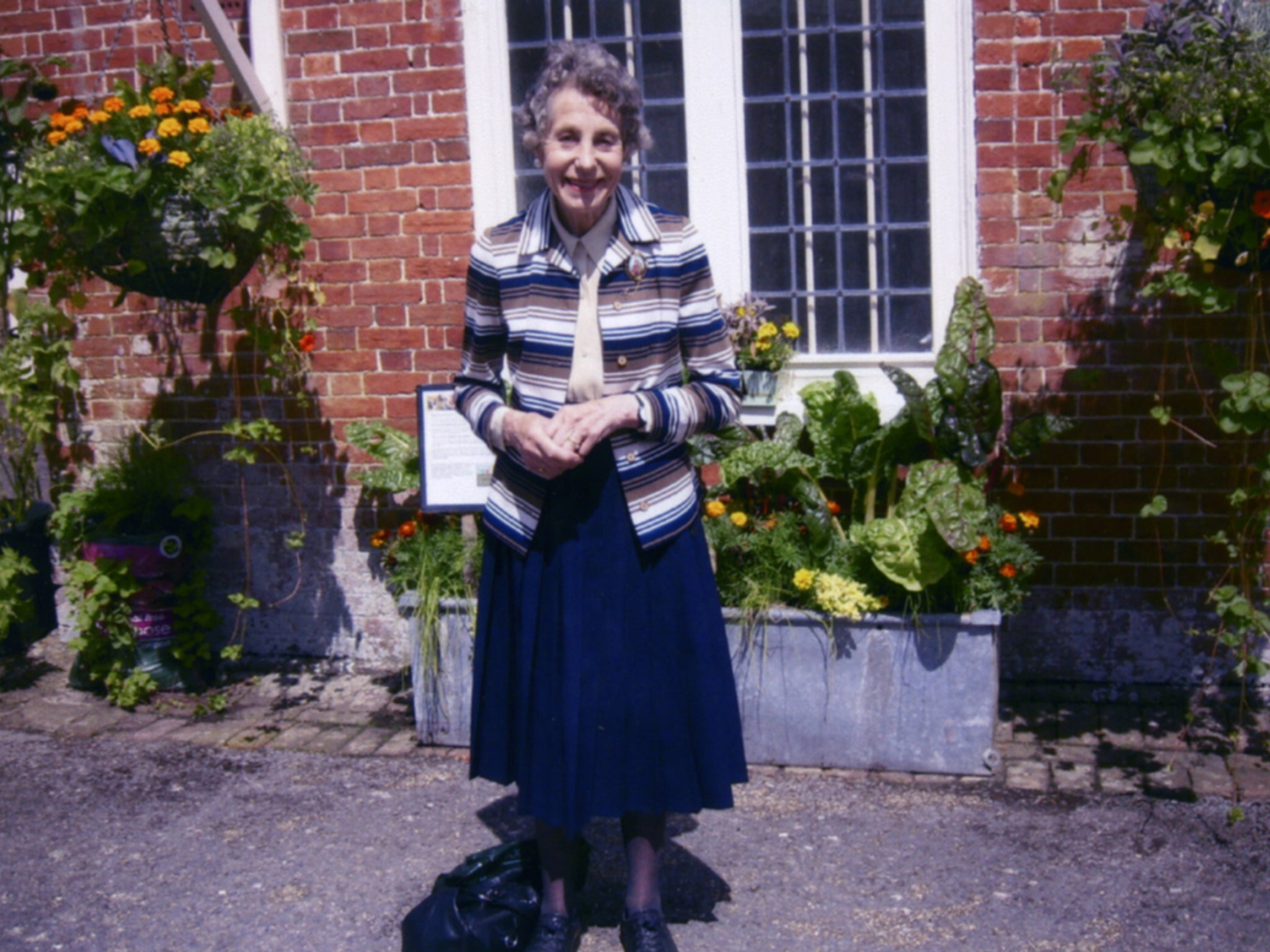Amusing the Victorians by Pamela Horn, book review: There was a lighter side to those dark Satanic mills
Horn: A detailed and often surprising study

If, like me, your childhood took place in the Seventies, it may shock you to learn that much of your experience was actually Victorian.
We’re accustomed to thinking that the Sixties provided a counter-culture movement so momentous that it swept away all that went before. But no: the Seventies still had horse-drawn carts (the rag-and-bone men who came along our street once a week), holidays at home (Scarborough, Lytham St Annes, Torquay in our case), and formal dancing lessons at school (the “Qualifying Dance” we trained for at 12 included reels and polkas, hugely popular at the end of the 19th century), and working-class households still aspired to that Victorian sign of respectability, a piano.
The Eighties blasted so much of this Victorian influence away, ironic given Margaret Thatcher’s reputed devotion to that era. But as Horn shows in her detailed, entertaining, and often surprising history, it would take a great deal to shift behaviours and patterns established throughout the 19th century. Pastimes became class conscious during that century, and locations and clothing reflected that difference: middle-class families holidayed in hotels in new resorts such as Bournemouth, while their working-class compatriots made do with lodging houses in Blackpool and Morecambe; mountain-climbing was a middle-class weekend pastime, while football stayed working-class. “Only a fast hussy would wear red”, but yellow was also lacking in respectability.
Class and “moral concerns” became bound up with one another, as perhaps rather surprisingly, some feared that the newly opened beer-houses, aimed at the working-classes, would separate people out too much (although this was almost always for condescending reasons, as Horn points out, “fears that the lower orders were losing the ‘benefit of contact with persons of superior stations’ … inhabiting a secret world which their social superiors did not share”). But this was also the era of the reforming club, the “friendly societies”, and the debating groups, where the pub provided an easy and cheap venue.
Fairs and festival holidays provided time off from the physically intense jobs that the Industrial Revolution provided (the traditional two-week holiday for workers in Glasgow is still called “the Glasgow Fair”), and travelling showmen abounded (Punch and Judy men, travelling salesmen, and buskers). An expanded rail network gave rise to the “away-day” holiday, where urban dwellers could head for the beach or countryside in the morning and be back in time for tea. One of the most innovative developments, though, was for women, when Thomas Cook ran tours that single women could join, without fear for their safety or reputations, and which meant access to places they might otherwise never have visited.
This was also the era when sport began its journey to its domination of our free time: greater spending power, increased leisure time, and better transport, along with greater attention given it by the press, and the rise of specialist firms providing the specific equipment that many sports required. More “brutal” traditional sports, such as cock-fighting, declined dramatically as sport became as indicative of status as fashion and where you went on holiday. Horn also points out how class distinctions were maintained by “gentleman amateurs” keen to keep out working-class members, and how golf clubs became particularly elitist, something which lasts to this day.
Music, too, divided the classes, between opera houses on one hand and music halls on the other. But Horn points out that this distinction was not always so straightforward because the music hall also appealed to lower middle-class audiences, being both “escapist and yet strongly rooted in the realities of … life”. Those working audiences also gave reading its new degree of popularity, as hordes of commuters began reading books on their way into work (Horn lists “skilled workers, small shopkeepers, clerks, and the higher grade of domestic servants” among this new reading group). The lucrative and popular “youth market” also began during this century.
Horn argues in her conclusion that “empire, aristocracy, established religion, and capitalist ideology had become accepted by the majority of Britons of all classes and this underpinned the pleasures and pastimes that they pursued”. This suggests that “leisure” was conservative, devoid of subversive or revolutionary qualities. Yet, as her excellent history shows, there were many incidences of subversion, whether lone women travellers in the Thomas Cook club, or debating societies in pubs. Shopping, once the preserve of the rich, became a pastime for workers, too, and while this might not seem revolutionary, it was only possible thanks to the rise in women in the workplace, earning more and participating in public life. This was also the era that saw the birth of socialism and the suffragettes, after all. There are nuggets of the revolution in the Victorian pastime indeed, you just have to know where to look.
Subscribe to Independent Premium to bookmark this article
Want to bookmark your favourite articles and stories to read or reference later? Start your Independent Premium subscription today.

Join our commenting forum
Join thought-provoking conversations, follow other Independent readers and see their replies